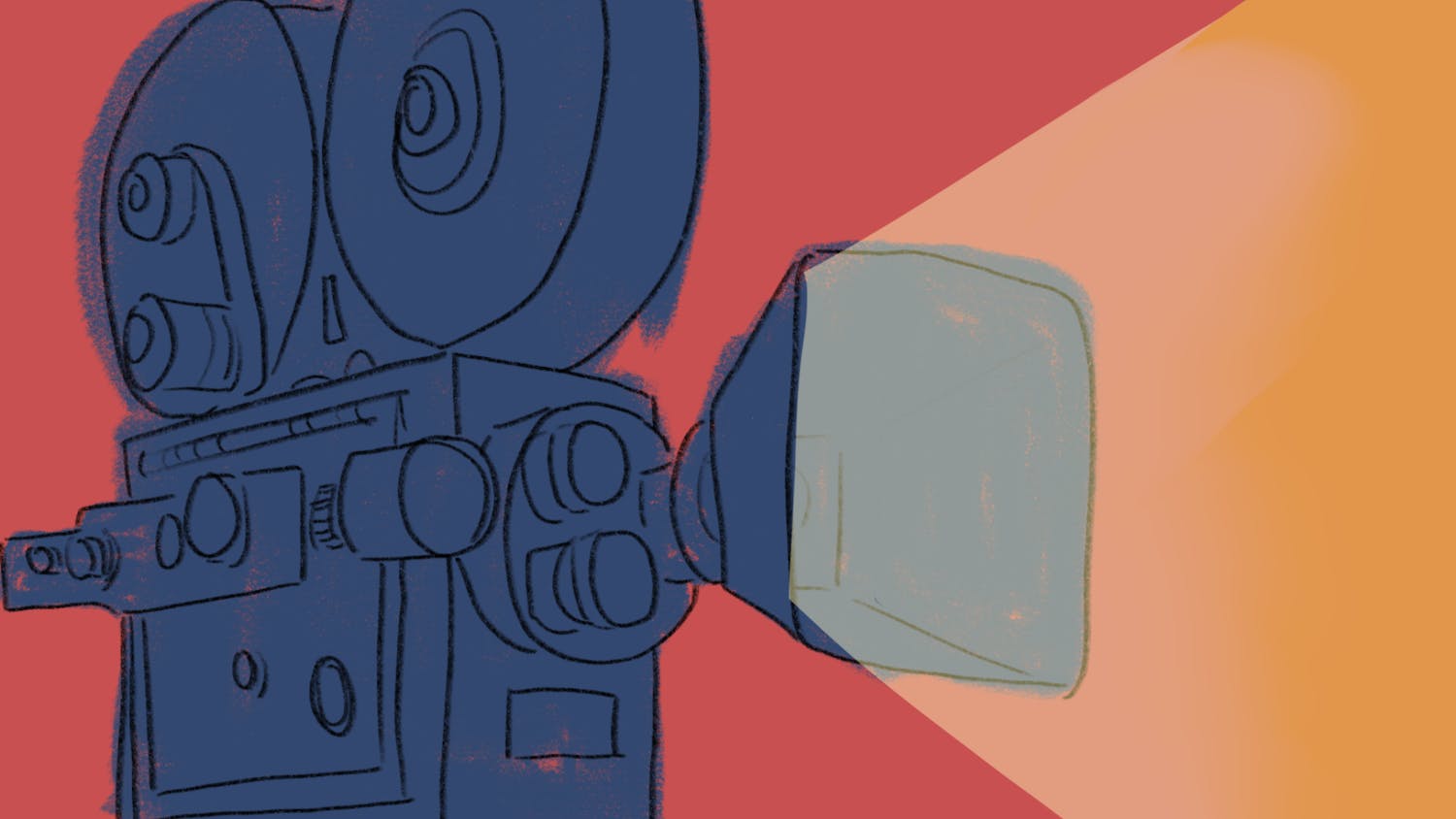It must be hard for Martin Scorsese to live up to himself. Considering that he directed three of the most influential movies in film history over the past three decades ("Goodfellas," "Raging Bull" and "Taxi Driver"), he must feel constantly under pressure to match his previous projects. Even films such as the uncomfortable "The King of Comedy," the hard-to-stomach "Casino" and the controversial "Last Temptation of Christ" have all been groundbreaking for one reason or another.
Even though it may not be fair to expect a masterpiece out of Scorsese each time he completes a film, it is only natural to compare his newest project to his older ones -- because with Scorsese, it is usually not a question of whether the movie is good (they all are) but whether it is great.
So it's sad to report that, while Scorsese's new "Bringing Out The Dead" is good, it is certainly not great. In fact, it may be one of Scorsese's most uninteresting efforts.
In "Bringing Out The Dead," Nicolas Cage plays Frank Pierce, a paramedic who can never sleep (we haven't seen so much puffy eye makeup since Cage's "Leaving Las Vegas") because he continuously sees the ghost of an asthma patient who he could not manage to save. He works his shift during New York City's wee-hours with a colorful supporting cast: food-crazed Larry (John Goodman), love- and religion-crazed Marcus (Ving Rhames) and violence-crazed Tom (Tom Sizemore).
At the beginning of the film, Frank meets Mary Burke (the cute Patricia Arquette), the daughter of an old man Frank saved from death by using Frank Sinatra in combination with a defibulator. Unfortunately, at this point, the film's plot practically ends, and the remainder of the film's too-long two hours is spent watching Cage respond to emergency call after emergency call. After a while, watching Frank get torn between responsibilities as a paramedic, his emotional problems and his suppressed interest in Mary gets boring.
Despite the film's meandering, we're-going-nowhere feel, it does have a number of good qualities (and it should, considering Scorsese's resume). For starters, the technical aspects of the movie reflect the abilities of an accomplished director. Especially noticeable are the multi-depth shift-focus shots, where Scorsese manages to relay a character's emotional state through only a change in focus or a position in the shot.
In one scene where this is especially prominent, Frank and Mary take a surreal ride together in the rear of an ambulance with their heads banging against a rail while 10,000 Maniac's "These Are Days" blares. Even while Mary's father slowly dies, she and Frank seem strangely at ease.
New York City serves as a perfect backdrop for this gritty story; Scorsese skillfully incorporates the harsh colors of traffic and ambulance lights with the deep blacks of the City's sidestreets. The city's lights often appear blurry, overexposed and harsh but add a lot of color to the otherwise dreary asphalt streets.
The most obvious technique Scorsese uses to enhance the viewing experience of the film is his use of high-speed segments with quick cuts to increase excitement and show the passage of time. More than once, Frank has an animated conversation with his ambulance partner without any dialog that takes only a few seconds on screen.
While all of these innovations are pleasant, they do not take the place of the missing plot even if the movie covers some interesting ground.
Particularly poignant is the film's exploration of human mortality, which is natural considering its subject matter. Near the end of the film, Mary says, "This city -- it'll kill you if you're not tough enough." Frank reminds her that it does not matter how tough a person is, because everyone, regardless of his strength, is going to die eventually. At times such as this one, this film gives viewers a hollow, no-hope feeling.
At the same time, the film touches on the idea that some people want or even need to die. Mary's father continually begs Frank to take him off his life support and kill him, and Frank's friend Noel also prays that Frank will kill him. The concept that some people greatly value their life while others denounce it is at the heart of this film.
Unlike on "ER," when Frank is in a life-or-death situation, it does not feel like an overblown roller-coaster ride. Though ER's excellence depends entirely on adrenaline, "Bringing Out The Dead" depends more on a laid-back Nicolas Cage to make situations seem more scary and real and less like a video game.
While this is definitely one of the movie's strengths because of its seemingly realistic portrayal of life as a paramedic, it is also its primary weakness. Scorsese's previous efforts have all been especially compelling in some way, but "Bringing Out The Dead" doesn't have the sinister violence of "Goodfellas," the obsession depicted in "Taxi Driver" or the clever manipulation of "Last Temptation of Christ."



